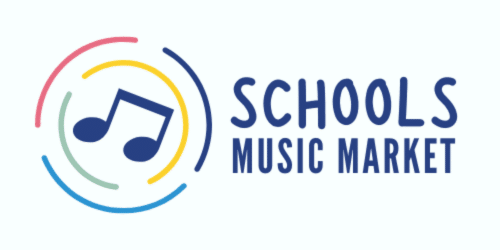What is a drone in music? A captivating and mesmerizing element found across various genres and cultures, a drone in music refers to a sustained or continuous sound that serves as a foundational backdrop to the composition. From ancient traditions to modern experimental works, drones have been employed to evoke emotions, create atmosphere, and establish a sense of stability or transcendence. In this blog post, we will delve into the intriguing world of drones in music, their characteristics, cultural significance, and their role in shaping musical experiences.
What is a Drone in Music?
A drone in music is a sustained or repeated sound, typically a single pitch or a harmony of pitches, that is held throughout a musical composition or section. Unlike melody or rhythm, which are often dynamic and varied, a drone provides a stable foundation, creating a sense of tonal center or sonic ambiance.
Characteristics and Musical Elements of Drones:
Let’s explore some of the key characteristics and musical elements that define drones in music:
a. Sustained Sound: Drones are characterized by their continuous and uninterrupted nature. The sound is held for an extended duration, creating a steady sonic backdrop that supports other musical elements.
b. Harmonic or Monophonic: Drones can be created using a single pitch or a harmony of pitches. Monophonic drones consist of a single sustained pitch, while harmonic drones incorporate multiple pitches that form a chord or interval.
c. Resonance and Texture: Drones add a rich layer of resonance and texture to a composition. They create a sense of depth and space, enhancing the overall sonic experience.
d. Emotional and Atmospheric Effects: Drones can evoke a wide range of emotions and establish specific atmospheres within a musical piece. They can convey feelings of tranquility, mystery, tension, or spiritual transcendence.
Cultural Significance and Global Traditions:
Drones have played a significant role in various cultural and musical traditions throughout history. Let’s explore a few examples:
a. Indian Classical Music: In Indian classical music, the tanpura or tambura serves as a drone instrument. Its continuous sound provides a reference pitch and creates a meditative backdrop for melodic and rhythmic improvisations.
b. Bagpipes in Celtic Music: The bagpipes, a traditional instrument in Celtic music, often utilize drones. While the melody is played on the chanter, the drones produce a continuous sound that establishes the tonal center and adds a resonant quality to the music.
c. Tibetan Buddhist Chanting: Tibetan Buddhist chanting often incorporates the use of vocal drones. These sustained vocal tones create a harmonic foundation for the chants and contribute to the meditative and spiritual atmosphere.
Experimental and Contemporary Applications:
Drones have found their place not only in traditional music but also in experimental and contemporary compositions. In genres like ambient, electronic, and minimalist music, drones are often utilized to create immersive sonic environments, evoke specific moods, or push the boundaries of traditional musical structures.
Conclusion:
In conclusion, drones in music serve as a captivating and influential element that adds depth, resonance, and stability to compositions. Whether in traditional, experimental, or contemporary contexts, drones provide a sonic foundation, establish tonal centers, and create atmospheric textures that captivate listeners. With their cultural significance, emotional effects, and ability to transcend musical boundaries, drones have become an essential tool for musicians and composers seeking to craft immersive and engaging musical experiences.
So, the next time someone asks you, “What is a drone in music?” you can confidently explain that it is a sustained or continuous sound that forms the foundation of a composition, evokes emotions, and establishes atmosphere. Embrace the hypnotic resonance of drones and let their sonic power transport you on a musical journey of exploration and introspection.
For resources to support your music classroom click here to browse the full list.



